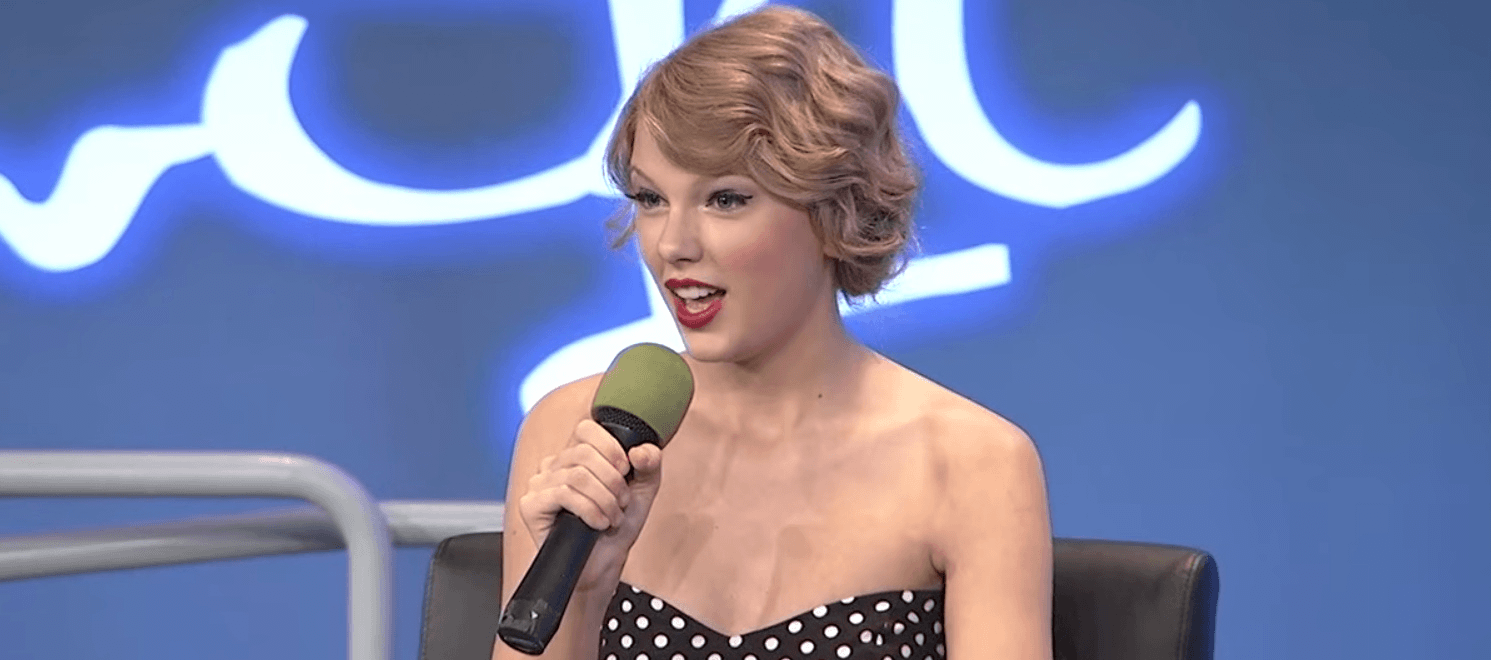
via YouTube.com
by LawInc Staff
March 31, 2015
It seems there isn’t a blank space in Taylor Swift’ s presence online anymore. The singer reportedly recently bought up domain names such as Taylorswift.porn and TaylorSwift.adult. Why buy such sites? Cybersquatting.
What is Cybersquatting?
Cybersquatting (also known as domain squatting) is the registration, sale, or use of a domain name with the intent, in bad faith, to hold onto the name until it can be sold to someone who desires it.
Cybersquatters are known to target high-profile or well-established brands, companies, and celebrities such as Swift.
Numerous companies have already fallen victim to cybersquatting, including Panasonic, Avon, and Hertz.
How Do Laws Protect From Cybersquatting?
By allowing trademark holders to get to the domain names first, as Swift did. The Internet Corporation for Assigned Names and Numbers, or ICANN, is a nonprofit organization that oversees and regulates domain names.
Since 2011, ICANN has expanded the number of generic top-level domains, or GTLDs, beyond merely .com and .org, to everything from promotional uses such as .pizza and .fries to the less savory .xxx. and .sucks.
ICANN is now giving celebrities and corporations the opportunity to pre-register names that are the same or sound similar to their trademarks before they become available to the general public on June 1st of this year.
Taylor Swift isn’t the only one proactively sweeping up such domain names before the deadline. Harvard University and Microsoft Corporation are among those pre-emptively buying web addresses before they become freely available to the public, with Microsoft buying Microsoft.porn, Office.porn, and Office.adult.
Recognizing and Protecting Yourself From Cybersquatting
While it is possible to dispute a domain name held by a cyber squatter, there may be complications and restrictions, depending on the legal system and the location of the website host.
This can get particularly tricky if the cyber squatter is a resident of a foreign country and is good at hiding his or her true identity. Fortunately, there are a few ways to protect yourself from cybersquatting:
1. Check The Domain Name
If a domain name does not take you to a functioning website or the site appears blank with no signs of any work being done on it, then a squatter has likely claimed the site.
Cyber squatters also often build sites full of advertisements or information benefitting themselves though related to the product or service.
2. Contact The Domain Name Registrant
If you find that a cyber squatter has taken your domain name, contact the domain name registrant through a site such as WHOIS, which has a database of domain names that are currently registered.
WHOIS allows you to obtain the e-mail address of the person who registered the domain name so that you can at least contact the registrant to figure out if there is a reasonable explanation for the use of the domain name.
Or, you can discuss with the registrant the price for which he or she may be willing to sell the domain name.
3. Pursue an Option Through ICANN
ICANN adopted a policy in 1999 for resolving domain name disputes under an international policy called the Uniform Domain Name Dispute Resolution Policy (UDNDRP).
To bring a claim under UDNDRP, you must prove that the cyber squatter is using the domain name in bad faith, that the domain name is identical or confusingly similar to a trademark or service mark that you have a right to, and that the cyber squatter has no real interest in using the domain name.
If you prevail with your claim, the domain name will either be canceled or transferred to you. No monetary damages are awarded.
4. Sue Under The Anti-Cybersquatting Consumer Protection Act
The Anti-cybersquatting Consumer Protection Act (ACPA), which was passed in 1999, allows you to sue under federal trademark law.
To bring a claim under the ACPA, you must show that the cyber squatter used the name in bad faith, that the domain name is identical or confusingly similar to a trademark or service mark to which you have a right, and that the trademark was distinctive at the time that it was first registered.
If you succeed with your claim, the domain name is either canceled or transferred to you and the cyber squatter can face up to $100,000 in fines as well as attorney’s fees.
However, if the cyber squatter is able to show that he purchased the domain name in good faith, then he or she may have an affirmative defense and a court would allow him or her to keep the domain name.
Though it may not be possible to completely protect you or your brand or company from cyber squatters, the above four steps may be helpful in at least identifying and taking preventive measures to protect yourself.
However, the best thing to do, if you have not already done so, is to register your trademark and actively maintain your website.
ALSO SEE: 4 Reasons To Trademark Your Business Name
In the meantime, it will be interesting to see if Taylor Swift continues to buy more domain names. Cybersquatters having targeted her with “hate hate hate,” as she sings, perhaps she can help put a stop to it.
To see which domain names celebrities, businesses, and others have purchased, visit the ICM Registry.
Topics: Trademark






